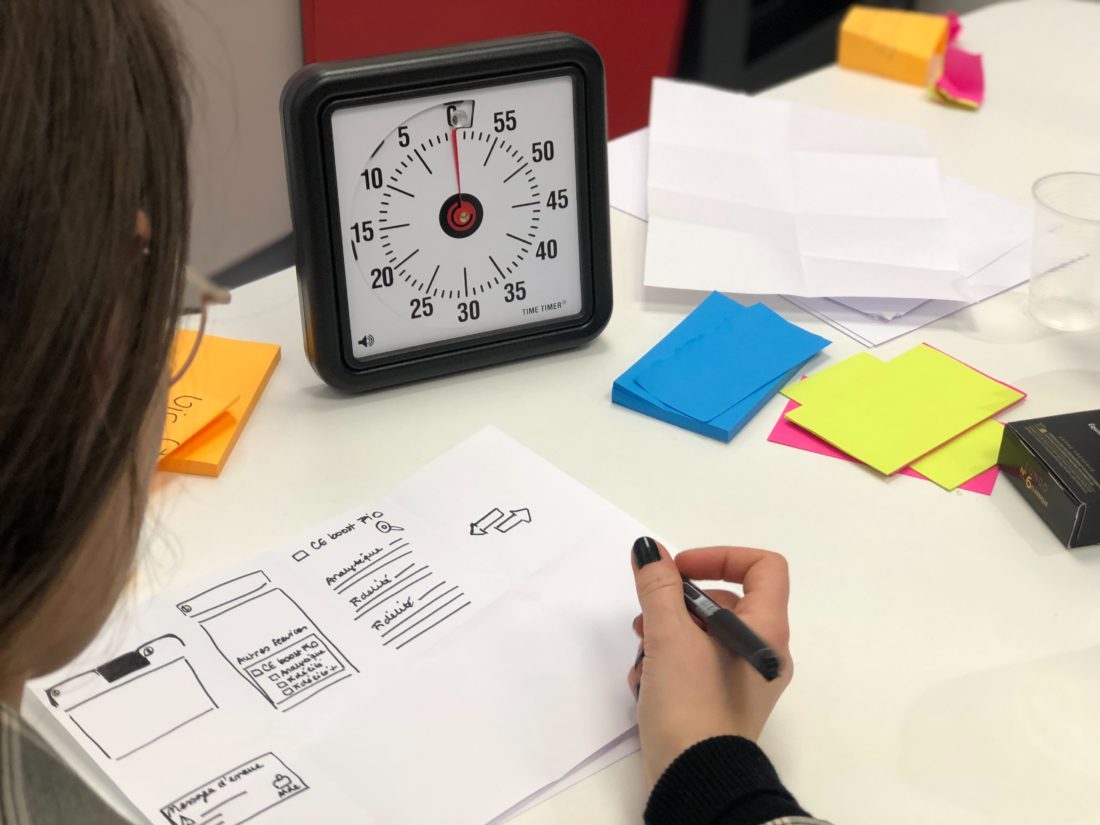Why Mobile Apps Fail
Written by Marc Alringer
Updated on May 14, 2019
You want your business and your mobile app to be popular and successful, right? Creating a great mobile app might not sound as intimidating as it really is. Before you dive head first into mobile app design and development, you should understand that the overwhelming majority of mobile apps fail.
An analysis from Canalys found that nearly two-thirds of apps fail to reach 1,000 downloads in their first year, while a majority get none at all.
Understanding why mobile apps fail is more important than trying to trace the footsteps of a successful one. Knowing what to avoid will instill a proactive, rather than reactive, mobile app development process. With over a decade of experience, our team has learned a number of tips and tricks to develop an app that generates a positive ROI for your users and your business.

REASONS WHY MOBILE APPS FAIL
Having the Wrong Idea
One of the most common mistakes while developing an app is thinking users will love your idea. Are you sure your idea solves a problem? Does it target your users needs? Taking a step back and answering a few questions will help you identify if your idea has potential.
Questions to ask yourself:
What is the overall objective of my app?
What problem will my app solve?
Who are my end users?
What does my market research tell me?
What does my competitive analysis tell me?
Asking yourself these questions will put you on the right track to building a successful mobile app. Without doing the initial legwork of identifying your users and alternative solutions, you may end up with a beautifully designed and well functioning product that people don’t need or want.
Inadequate UX
Offering a great user experience is an important component that many miss when they are building an app. If the features of your app are not easily discoverable, a user will most certainly delete your app. At the very least, users should be able to figure out the basics quickly.

Examples of poor user experience:
- Slow load times
- UI lag (slow scrolling or swiping)
- Lengthy onboarding process
- App features that don’t support the goal of the app
- Confusing visuals
- Cluttered user interface
- Incomplete or interrupted user workflows
To mitigate the risk of failure, tackle these potential problems and make sure you create intuitive user workflows that align with the app’s core objective. Facilitating a smooth interaction between the user and the app will increase the user’s engagement.
Selecting the Wrong Platform
Are the majority of your users on iOS or Android? If your target audience consists of Android users, then don’t create something for iOS just because it looks better. It’s important that the app looks appropriate for the platform it is on. As a product owner, you’ll want the best of both worlds! You may be set on the idea of creating a mobile app for each platform, but this is typically followed by the budget discussion.
Based on the features, desired designs, and app objectives, a software development team will need to determine the appropriate project approach. Before kickstarting any design or development work, the team has to determine if the app will be cross-platform or 100% native.
A cross-platform application can leverage technologies like Xamarin Forms to cut costs, but you must be willing to sacrifice some design elements. Such technologies have limitations and working around them is possible, but may introduce complex challenges.
With a cross platform application you can still provide a platform-specific experience for your users, but be aware that some design elements and functionality may be at risk.
Improper Debugging
To prevent your app from constantly crashing due to bugs, we highly recommend implementing QA testing throughout the entire software development lifecycle. Take the extra time to test against bugs before deploying a new update or introducing new features. Getting your app to market quicker, but full of bugs is of no value to your business or your users.
Without testing for bugs, your app will likely crash often, leading to a poor user experience and ultimately an increased churn rate. If users have an unsatisfactory experience during your launch, they likely won’t return even when the bugs are fixed. This is why testing should be done before an app is submitted to the app store.
Ignoring User’s Feedback
Users are your source of truth and number one priority. Instead of focusing on more downloads, focus on the problems or frustrations that your users are experiencing. Listen to their feedback and make improvements to your app. Show your users that you care about them and you will experience organic growth over time.
*Tip: List out the app’s must-have features by thinking from a users perspective.
MEASURING MOBILE APP SUCCESS
The only way to measure the success of your mobile app is to keep a close eye on your app’s KPIs (Key Performance Indicators). Here are a few metrics that you should keep track of:
Marketing and Performance Metrics
- Social media following growth
- Audience engagement
- Product mentions
- Email subscriber growth
- Landing page traffic
- Network errors
- App crashes
Business Metrics
- Transaction revenue
- Abandonment rate
- Acquisition cost
- Lifetime value
- App star rating and reviews
User and Engagement Metrics
- Monthly Active Users and Daily Active Users (MAU/DAU)
- Devices (how/where users use your app)
- Retention Rate
- Session lengths
- Session intervals
In order to create a successful, 5-star app you need to measure and analyze app performance over time. Understand the key metrics and make adjustments to the app or your marketing strategy to make sure you reach your goals.
In order to increase your chances of creating a successful mobile app you need to validate your idea, choose the right platform, test appropriately, and listen to your users. Nurture your users and listen to their feedback to make improvements and enhance your user experience. After launching the mobile app you should analyze key metrics to understand your app’s overall performance.
If you have an upcoming project or just an exciting idea, we’d love to hear all about it. Contact us and our team will follow up to schedule a call.








